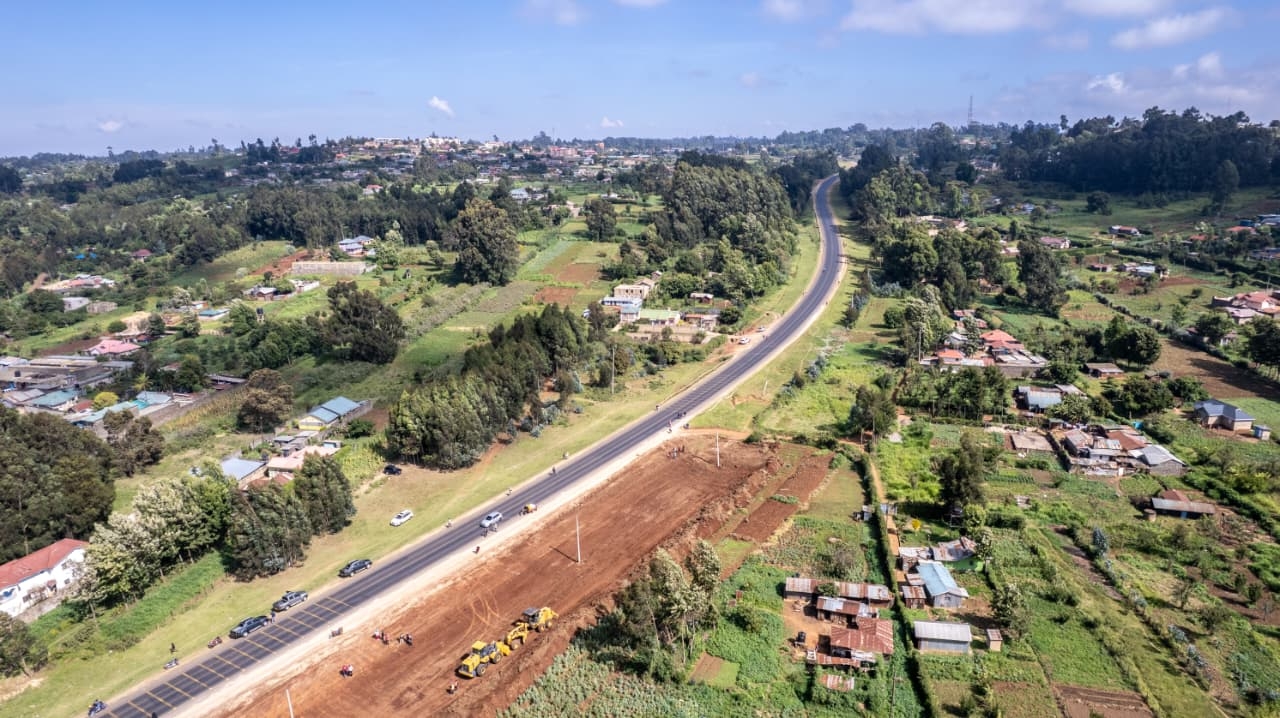Chemicals used to spray locusts are safe, an expert has said.
Dr Muo Kasina chairman of the Entomological Society of Kenya said the Ultra-Low Volume (ULV) formulation chemicals being used are oil-based and released in the air in the direction the locusts are flying to.
According to Food and Agriculture Organisation, the ULV formulation and spraying technique are the primary means of chemical control of migratory locusts, especially Desert Locust.
"The wind is used to drift the spray over the target as overlapping swaths to buildup sufficient dose and toxicity to obtain a good result. ULV formulations required lower volumes of product and do not need to be mixed with water, which is often scarce in the desert," says FAO.
The desert locusts have since December 28 last year, spread to eight counties including Mandera, Wajir, Marsabit, Isiolo, Garissa, Isiolo, Meru and Laikipia.
“Once the aircraft has done aerial spray, the locusts inhale the chemical and dies within a short while. What goes to the ground is very minimal and in less than a week, it dries up. The chemicals are safe for Accodingthe environment and human. But the problem comes when people spray the locusts themselves,” Muo said.
Speaking to the Star on phone, Muo said some residents of the affected areas have been buying chemicals and spraying the locusts without knowledge on what proportion to use.
The entomologists said this is a challenge because they risk using a lot of the chemical which can impact the environment.
He told Kenyans not to panic and let the government take charge of controlling the menace.
“Aerial spraying is the best control method and if they are using the land lovers they have the right machines for atomization,” Muo said.
“People are doing weird things to try control the locusts some are just spraying pesticides to repel the insects which are not possible. You cannot spray vegetation in the hope that the locusts come will fly away.”
Muo further explained that the normal breeding areas for these locusts are in parts of Ethiopia, Eritrea and Somali and not in Kenya.
According to the Desert Locusts Control Organisation of East Africa, the locusts swarms in Kenya are immature swarms but they are some mature swarms present in the Garbahare area near Mandera.
“When they come to Kenya they are immature, but if not controlled quickly, can lay eggs after a while and another population will start. The control program is supposed to finish them before they mature to the stage of laying eggs,” Muo said.










![[PHOTOS] Ruto present as NIS boss Noordin Haji's son weds](/_next/image?url=https%3A%2F%2Fcdn.radioafrica.digital%2Fimage%2F2025%2F11%2Ff8833a6a-7b6b-4e15-b378-8624f16917f0.jpg&w=3840&q=100)


